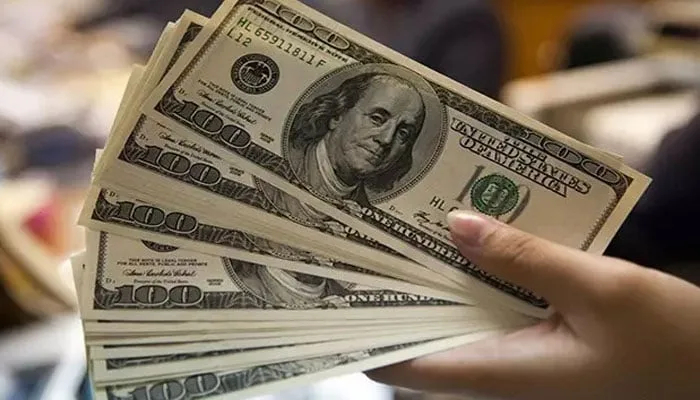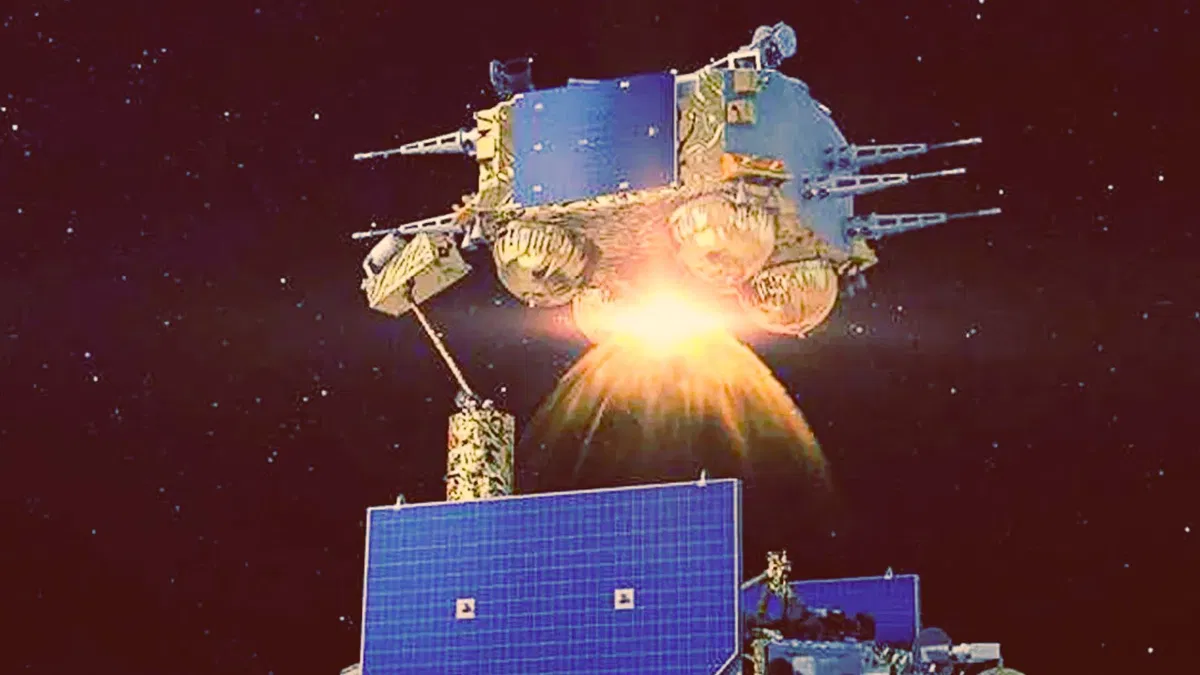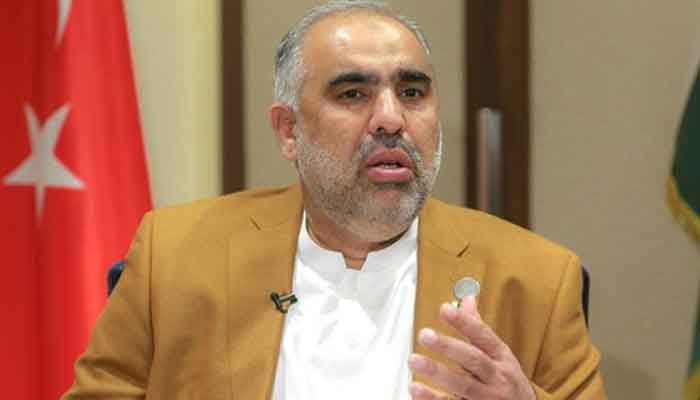The US dollar has demonstrated further appreciation against the Pakistani rupee, as reported by the State Bank of Pakistan. By the close of business today, the dollar’s value surged by 17 paisa in the interbank market, reaching a closing rate of 278 rupees and 29 paisa.
This latest uptick follows a similar trend observed yesterday, where the dollar experienced an increase of 18 paisa, closing at 278 rupees and 12 paisa in the interbank market. The consecutive rise in the dollar’s value against the rupee underscores ongoing fluctuations in the foreign exchange market, impacting the country’s economy and trade dynamics.
The State Bank of Pakistan’s data highlights the evolving exchange rate dynamics, reflecting the interplay of various domestic and international factors influencing currency valuation. While the precise determinants of the recent appreciation of the dollar against the rupee may vary, factors such as changes in global economic conditions, trade dynamics, and monetary policies can contribute to currency fluctuations.
The strengthening of the US dollar vis-à-vis the Pakistani rupee carries implications for various stakeholders, including importers, exporters, investors, and consumers. Importers may face increased costs of importing goods and services denominated in foreign currency, potentially leading to higher prices for imported commodities in the domestic market.
On the other hand, exporters may benefit from a weaker rupee, as it enhances their competitiveness in international markets by making their goods relatively cheaper for foreign buyers. However, the overall impact on the economy depends on the balance between import and export dynamics, as well as the broader macroeconomic environment.
The appreciation of the US dollar against the Pakistani rupee also has implications for inflationary pressures and monetary policy. A depreciating domestic currency can contribute to inflationary pressures by increasing the cost of imported goods and services, potentially necessitating adjustments in monetary policy to maintain price stability.
Furthermore, currency depreciation can affect investor sentiment and capital flows, influencing investment decisions and portfolio allocations. While a weaker currency may attract foreign investment in certain sectors, it can also pose risks, such as currency volatility and capital flight.
The State Bank of Pakistan plays a crucial role in managing currency fluctuations and maintaining exchange rate stability through monetary policy interventions and foreign exchange market operations. Its mandate includes ensuring orderly conditions in the foreign exchange market and safeguarding the country’s external sector resilience.
In response to the recent appreciation of the US dollar, policymakers may consider various measures to mitigate its impact on the economy, including policy adjustments, market interventions, and communication strategies to manage market expectations.
The continued strengthening of the US dollar against the Pakistani rupee underscores the importance of effective monetary and exchange rate management, as well as the need for a holistic approach to economic policy formulation and implementation. As the global economic landscape evolves, monitoring currency dynamics and adapting policy responses accordingly remain essential for promoting macroeconomic stability and sustainable growth.



